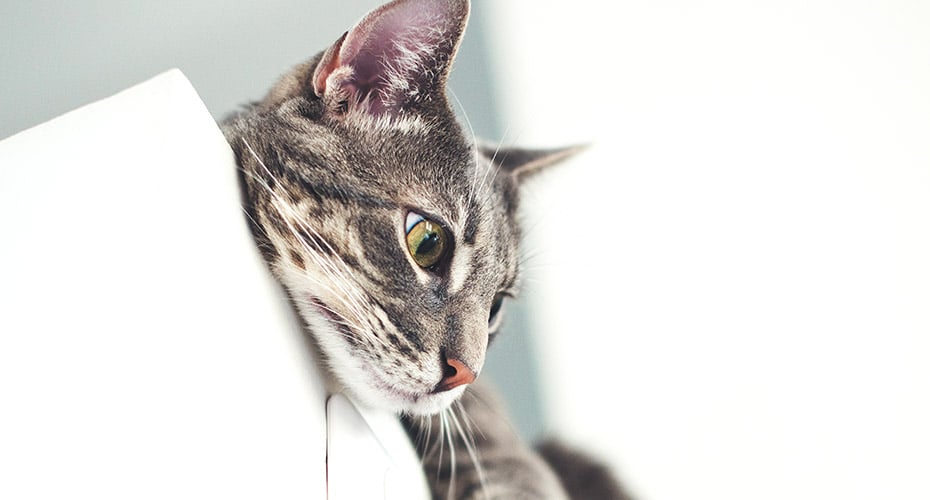
Cats are one of the most vocal species of domestic pets aside from birds, and scientists have been studying feline behavior so we can better understand what our cats are trying to say. You can implement some of their findings at home to help you better communicate with your feline friend and improve their quality of life.
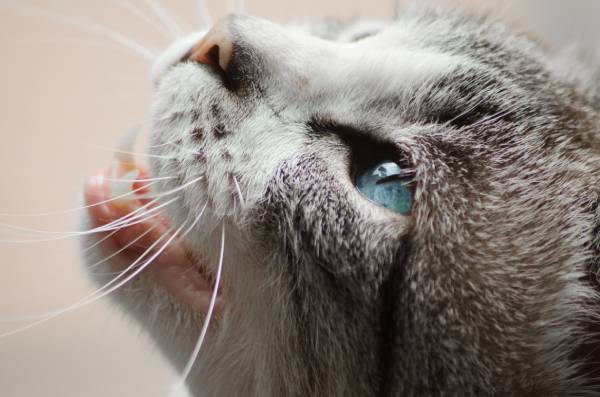
Cats can vocalize a variety of different sounds by varying the pitch, pronunciation and rhythm and some cats are known for being more vocal than others. Siamese cats can be incredibly talkative, whereas Persians are known for being a quieter breed. Kittens will meow at their mother for attention when they are young which they grow out of as they age, only using it when they are communicating with humans.
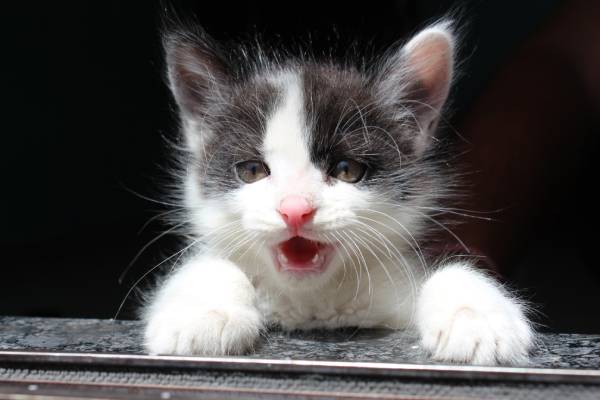
Four Major Categories of Meows
- Murmur patterns – purrs and trills
- Vowel patterns – meows in all their variations
- Articulated patterns – chirps and chatter
- Strained intensity patterns – warning sounds such as hissing and growling
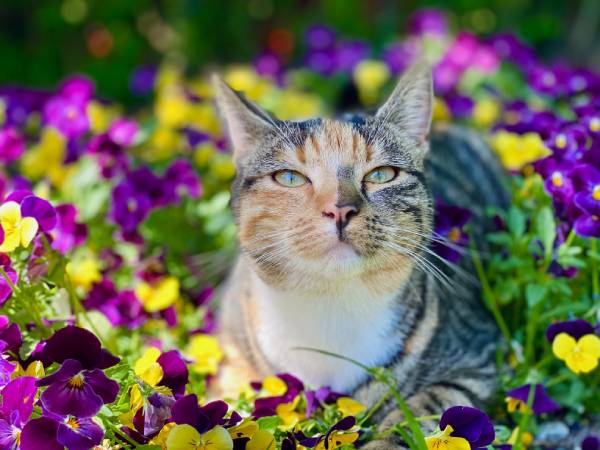
Purrs and Trills
If your cat is purring, examining their body language is crucial to interpreting what their purr means. If they are relaxed and curled up in your lap, they are probably in a great mood. If they appear tense and have their ears flattened back against their head, they might be stressed or concerned. Cats can also purr to soothe themselves when they are unwell or injured.
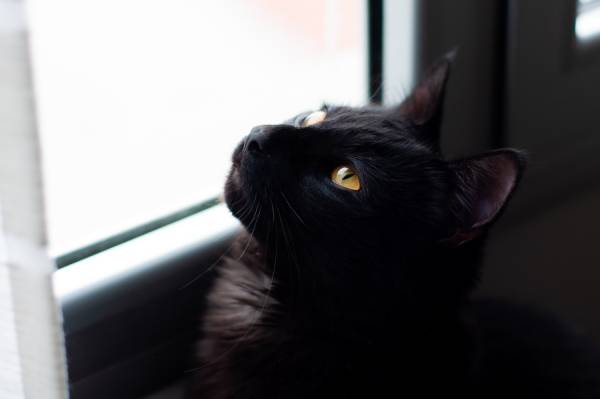
Meows
Meows can have many uses – many times it is a welcome, sometimes your cat may be hungry and asking for food, or lonely and looking for some company. A longer meow can mean your cat is annoyed or worried and lots of meowing can be a cry for attention.
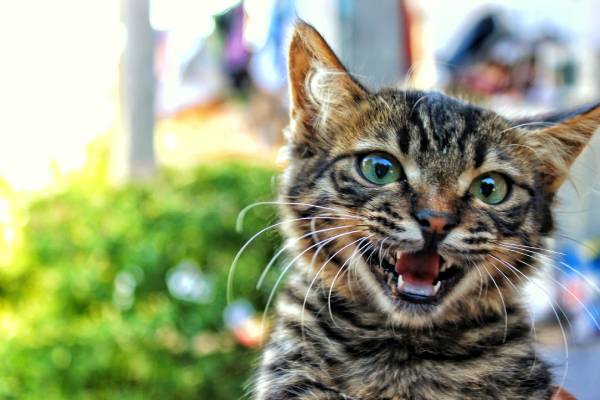
Chirps and Chatter
You might have seen your cat chattering at birds or other critters outside their window. It is thought that cat’s make this sound because they are so excited but also frustrated at not being able to chase their prey. Mother cats will chirp at their kittens to get their attention and get them to follow her. Your cat may chirp at you to try and get your attention so they can show you something they think is important, like a half empty food bowl.
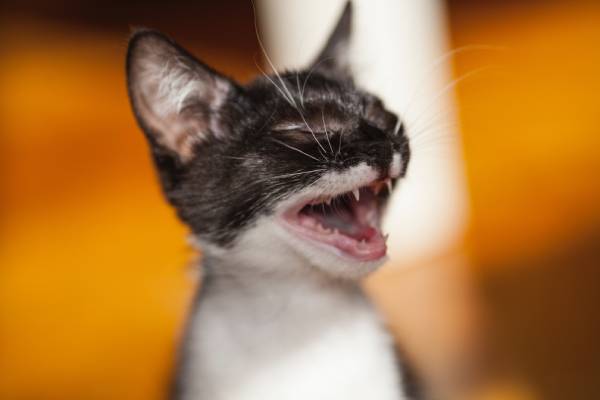
Hissing and Growling
A hissing or growling cat is a very clear message to back off. These vocalizations are usually accompanied by an arched back, puffed out hair, a straight and fluffy tail, ears flat against their head and an open mouth with exposed teeth. Unless the cat is in danger from another cat, a dog or another animal, it is best to leave this grumpy puss well alone.
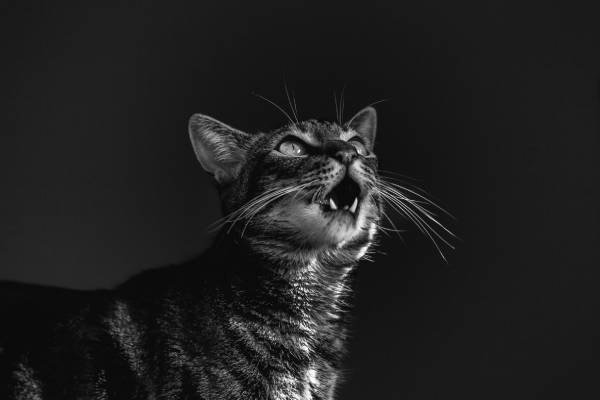
Learning to interpret the sounds your cat makes can help you to better understand and meet their needs. Any sudden change in your cat's behavior, including how vocal they are, mean it is time for a trip to the vet to ensure they are now unwell.
